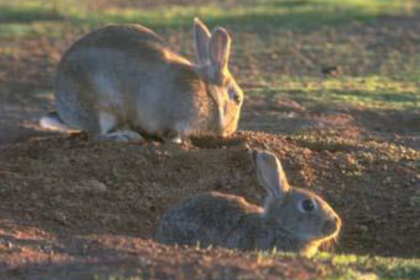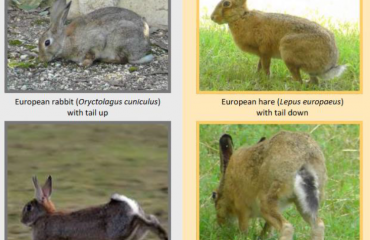RABBITS: TIME TO HOP ON AUSTRALIA’S WORST PEST

The long-awaited 2021 State of the Environment (SOE) Report, released by Federal Environment Minister Tanya Plibersek this week confirmed that rabbits are Australia’s most damaging pest.
For those farmers that have had to bear the cost of lost pasture and crops and faced hefty bills for control, this news might not be that surprising. What might surprise some people however is the devastating impacts rabbits pose to our rare and threatened native flora and fauna. The SOE Report shows that rabbits impact upon 322 threatened species, as listed under the Federal environment legislation, the EPBC Act. A number far greater than pests commonly accepted as doing widespread environmental damage such as feral cats and foxes and weeds including lantana and blackberry.
The SOE Report also shows that positive action has been taken on a national scale to reduce the impacts of some of Australia’s worst invasive pest animals, including developing national action plans and employing national coordinators for species including wild dogs, feral pigs and more recently, feral deer. What is lacking and clearly needed is a national action plan for rabbits, with its implementation driven by a dedicated national coordinator.
DDMRB Chair, Cr Janice Holstein said, “We’re immensely proud of the successes of the DDMRB in actively supressing the number and impact of rabbits in our area and Queensland more broadly for over 130 years. We are fortunate here in many ways as we had the foresight of past governments and Rabbit Boards to build the rabbit fence, as well as governments and Boards since that have recognised and supported the need for the continued maintenance of the fence and in undertaking strategic compliance”.
It is a constant battle for the DDMRB, with ever increasing pressures to keep on top of rabbits in its operational area, as it is for agencies and land managers in the rest of Australia. Without the support of continued research into new biological controls and coordination of strategic, best practice control, the risk of rabbits reaching plague proportions across the country greatly increases.
“We applaud the Federal Government for releasing the SOE Report and we now seek their support in committing to a national rabbit action plan and a national coordinator position”. Cr Holstein said.



